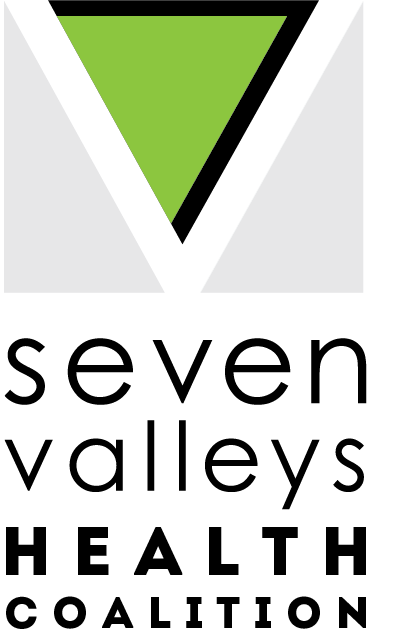#FoodWasteFriday: The Food Recovery Hierarchy
At the end of the week, there's nothing like a good infographic to keep the brain running and the heart engaged!
We'd like to introduce to you the holy grail of food waste reduction — the Food Recovery Hierarchy! Originally established by the EPA, this graphic is a great tool to help guide one’s efforts in reducing the amount of food waste that goes into your garbage pail and then into the local landfill.
How to Apply the Hierarchy
Ideally, it’s best to start from the top and work your way down, but if you feel pulled to tackle a certain area on the hierarchy first, go for it! There is no right (or wrong!) way to begin.
Here are some “first step” ideas for each level of food recovery to get you on your way:
Source Reduction: Check out our previous post, Small Changes, Big Outcomes, for a few tips and tricks for grocery shopping and cooking with food waste reduction in mind.
Feed Hungry People: Did you plant a garden this year and think you’ll have extra veggies to share? Know a local producer who may have extra produce but doesn’t have time to connect with a local food pantry to pass along the grown goodies? Whatever your situation may be, here’s a listing of all the food pantries in Cortland County to get you brainstorming on how you can take good food out of the waste stream and help put it on the tables of those who need it. Don’t forget, 211Cortland.org has the latest updates on local food pantries and meal programs.
Feed Animals. With the bounty of summer and harvest season fast approaching, did you know that your kitchen scraps can help feed chickens, pigs and more? This website noted that “Rather than composting [food waste], consider feeding your kitchen scraps to your chickens or pigs. Both chickens and pigs love to go through a wide variety of vegetables, including garlic, leafy greens, tomatoes, squash, onions, etc. It is usually safer to stick to only vegetables and avoid dairy and meat products when feeding scraps to your animals, but you’ll be surprised by the wide variety of scraps your animals will appreciate getting". If you don’t have any chickens or farm animals yourself, there are plenty of local growers and producers you can connect with to see if they would take your (appropriate) kitchen scraps. Check out the Cortland County Local Foods Map to view a list of local producers who may benefit from your food waste.
Industrial uses. Let’s be honest, while we are all about creating biofuel, this is probably the most complex step for us as individuals to accomplish in terms of needing bigger systems in place outside of our own homes. We hope that the future will bring such local introductions, but in the meantime, let’s continue to learn and be open to changing the way things are done.
Composting. This step gets my vote for one of the easiest adjustments to make behind Source Reduction (#1). Looking to get started on composting but confused as to where you should begin? Cornell Cooperative Extension of Cortland County has some great resources to help you plan and implement your own home composting arrangement. We find their visually fun PDFs—like their Quick Start Guide— to be of great help!
Landfill. This is the last stop on the food recovery train. We get it, trash happens. You can learn more about how Cortland County handles solid waste, here. Education is power—we need to understand how we handle it so we can make less of it!
This colorful version of the hierarchy (see below) made by the Institute for Local Self-Reliance is especially fun and can help create ideas beyond what the EPA laid out in their introductory version, too.
The bottom line to food waste production in our homes and communities is that we can all start somewhere.
Where will you begin?




